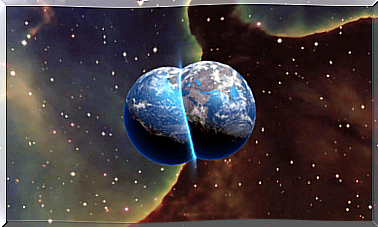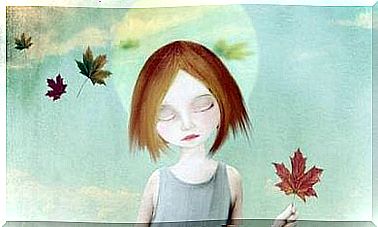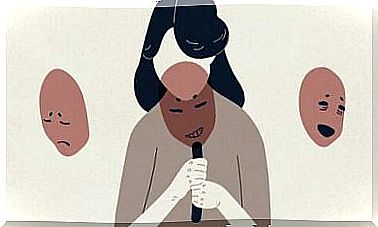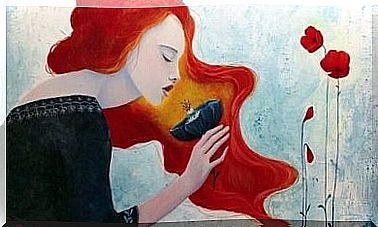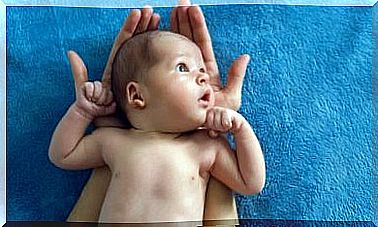The Stages Of Affection And Attachment
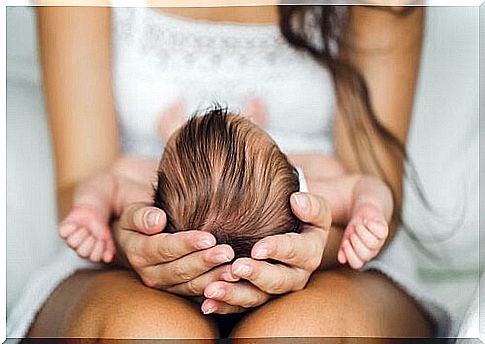
Affection and attachment are a survival mechanism. Some scientific authors even refer to this affective bond as our “psychological immune system”.
Although there are many theories that define and explain attachment, the most important and referential is John Bowlby’s theory. According to this psychiatrist and psychoanalyst, children are biologically pre-programmed to bond with others in order to survive. Because of this, he believed that all bond making and maintaining behaviors are instinctive.
On the other hand, it is important to remember that the parent-child bond does not go away over time. In fact, it affects us for the rest of our lives in each of the relationships we build. Because of this, it is important to develop a bond that is based on trust and protection.
Stages of affection and attachment
Bowlby’s evolutionary model provides for four levels of attachment that are particularly noticeable in mother-child relationships. However, a bond can be established between any primary caregiver and the child they care for.
Below we explain how this affective bond is built from Bowlby’s perspective.
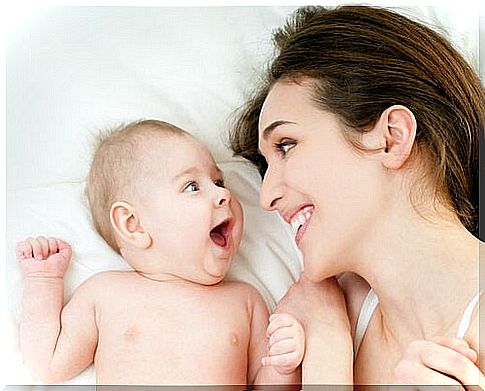
1. Affection and attachment: preparatory phase
This first phase occurs in the first six weeks of a baby’s life when he accepts any creature that offers him comfort. This means that babies do not show special preferences for anyone.
At this stage, the baby’s repertoire of innate behaviors helps attract the protectors’ attention. In addition, the baby reacts to external stimuli and tries to provoke physical contact.
At this point, the baby’s maternal recognition is quite rudimentary and they still do not show a strong bond.
2. Affection and attachment: attachment to manufacture
From six weeks to eight months of age, the child becomes anxious when separated from other people. Even so, it does not particularly notice the maternal deficiency and does not completely reject strangers.
During this phase, children are not yet showing any particular fondness for either of their parents, although this may mean they are not around adults.
3. Affection and attachment phase
The attachment phase manifests itself from six to eight months to the age of two. Now the baby will be angry when separated from his mother and may even be scared of it.
During the separation, it is normal for the baby to physically reject other people because they pose a threat. In other words, all of his actions are aimed at attracting the maternal figure and demanding her presence.
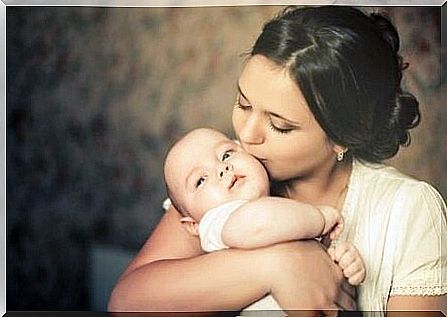
4. Mutual relationships
After the second year of life, the fourth and final phase begins: the phase of mutual relationships. At this stage, the child understands that his mother’s absence is not permanent. So it can deal with its own fear and even calm down.
In addition, the child is now able to develop and understand mental images of its mother. In this way, it can now predict that it will return, since it can understand the exits and the return. So it cries less while its mother is away.
After a child has overcome all of these phases, they can develop a solid relationship with their parents. No physical contact is required at this point. This is because the child knows that their caregiver is there even when they have no physical contact.
